When we picture a farm, we imagine rows upon rows of neatly planted crops, free from any alien plant growth. As we made our way to Jagadeesh Reddy Natural Farms, this was the image that was conjured up in my head.
When we first arrived at the farm, we pulled up into a densely vegetated area where we parked the car and started walking in between a row of trees. I was under the impression that this was the lead up to the farm and it wasn’t until the farmer pointed out that we were walking through the mango orchard that I realised that we were indeed already on the farm.
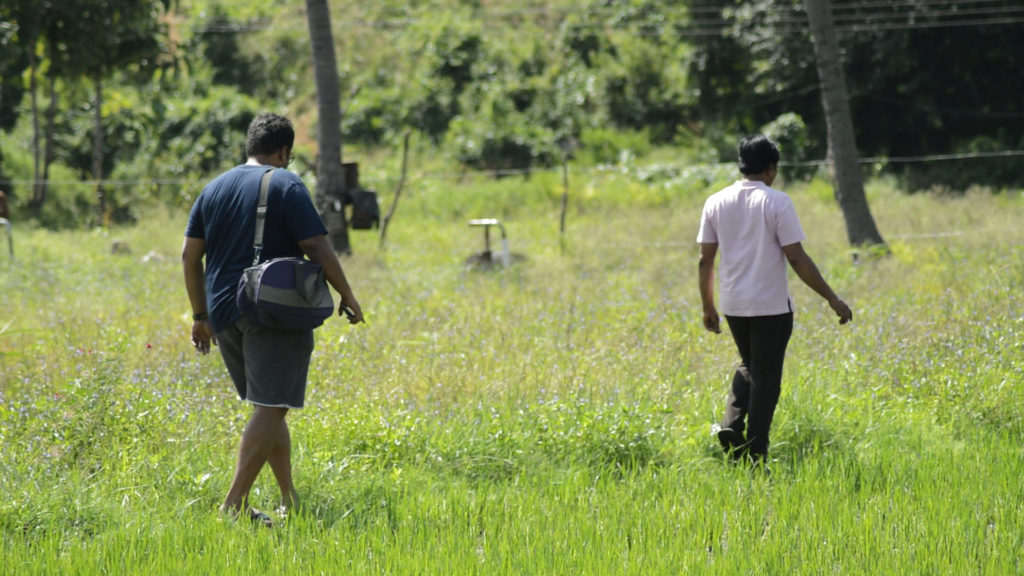
This was a farm like no other. Every square inch of soil was covered with vegetation. Crops were grown in demarcated fields but were surrounded by dense wild vegetation. As the farmer pointed out, if you pick up a handful of soil, anywhere on the farm, it would be filled with earthworms, and he was right. This could all be attributed to one simple fact – this was a natural farm. A natural farm takes the concept of organic farming one step further and lets the plants grow as they would have grown in nature.
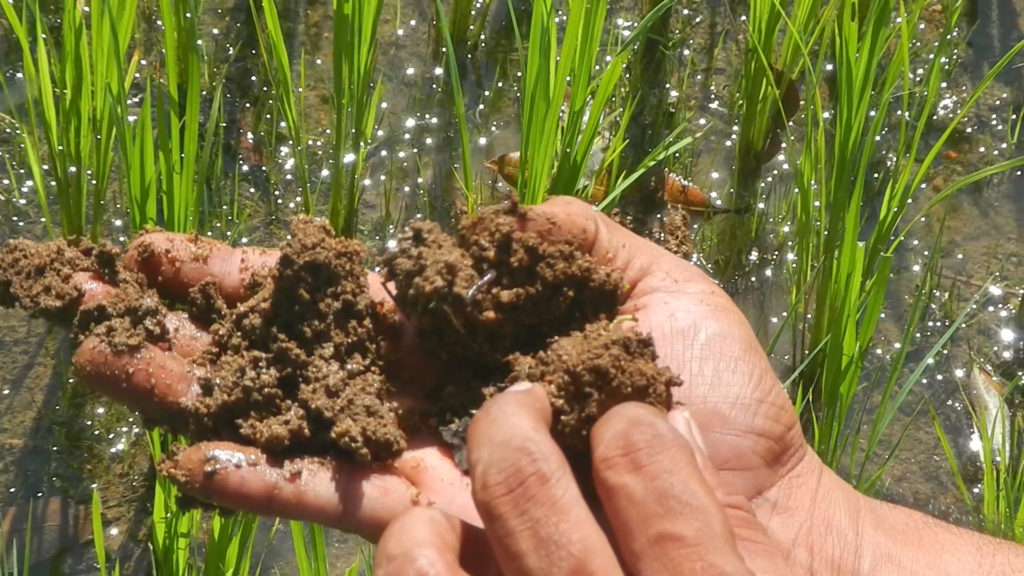
Natural farms do not use any chemical fertilisers or pesticides. They are replaced by natural concoctions like neemasthram as a natural pesticide and jeevamrutha as a microbial consortium. The usage of jeevamrutha is very interesting. It is important to provide a congenial environment to microorganisms that help in making available the essential nutrients for plant growth viz., nitrogen, phosphorus, and potassium to the plants. Jeevamrutha does just this. Prepared by mixing cow dung, cow urine, jaggery, flour, soil and water, this concoction serves as an elixir for microbial life of the soil which in turn greatly promotes the health of the crops.
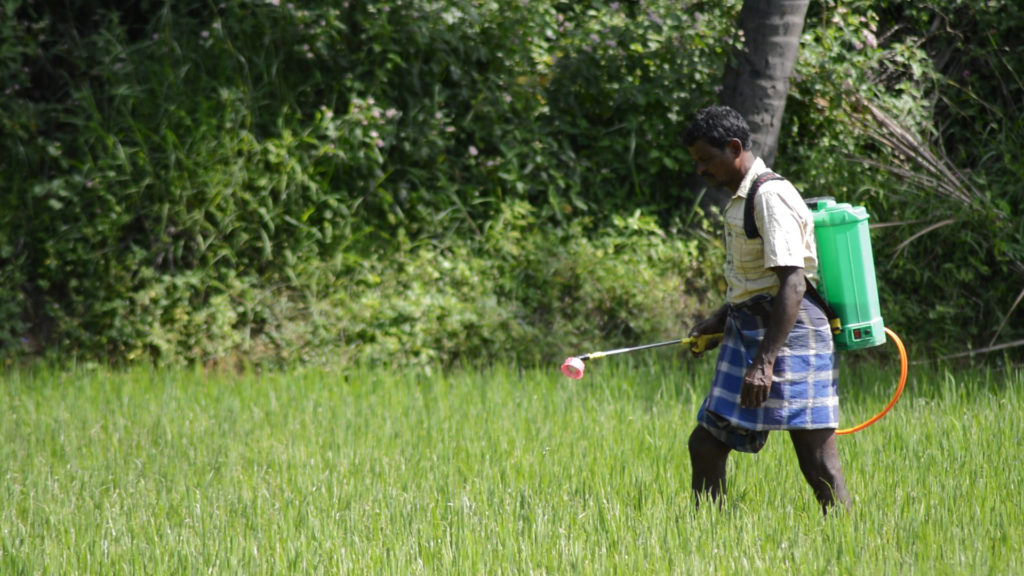
Mr. Reddy’s farm was growing all sorts of fruits and crops like rice, groundnuts, millets, mangos and sesame among many others. He practiced crop rotation to ensure that the nutrients in the soil were optimum for every crop.
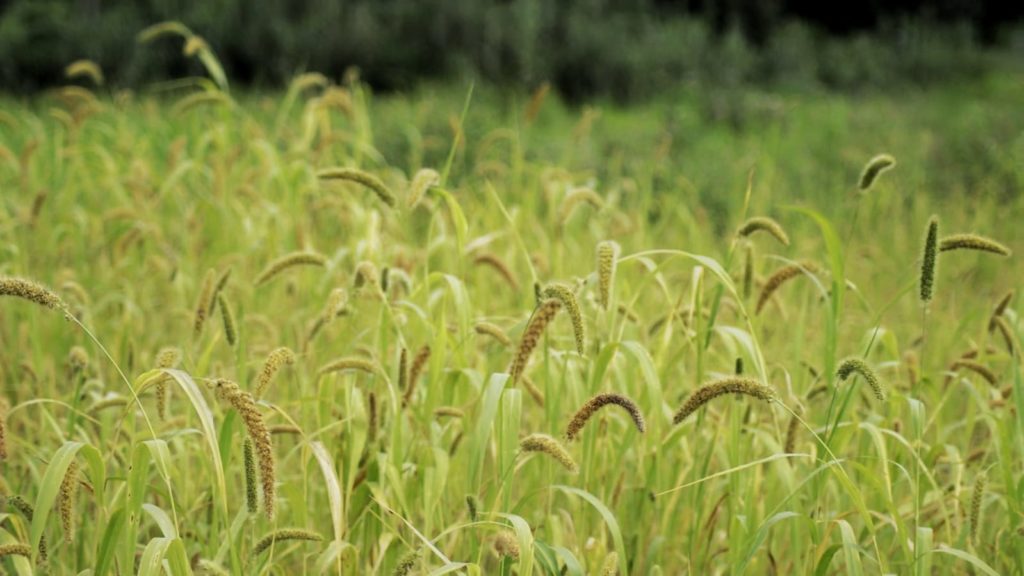
At the time of its independence, India was an agricultural dependent economy. And yet the state of the Indian agricultural sector was dismal. Lack of investment, a dearth of technology, low yield per acre and many such problems plagued the industry. And so the Indian government took steps to bring about the Green Revolution. The Green Revolution within India commenced in the early 1960s that led to an increase in food grain production. It also encouraged the use of insecticides and pesticides.
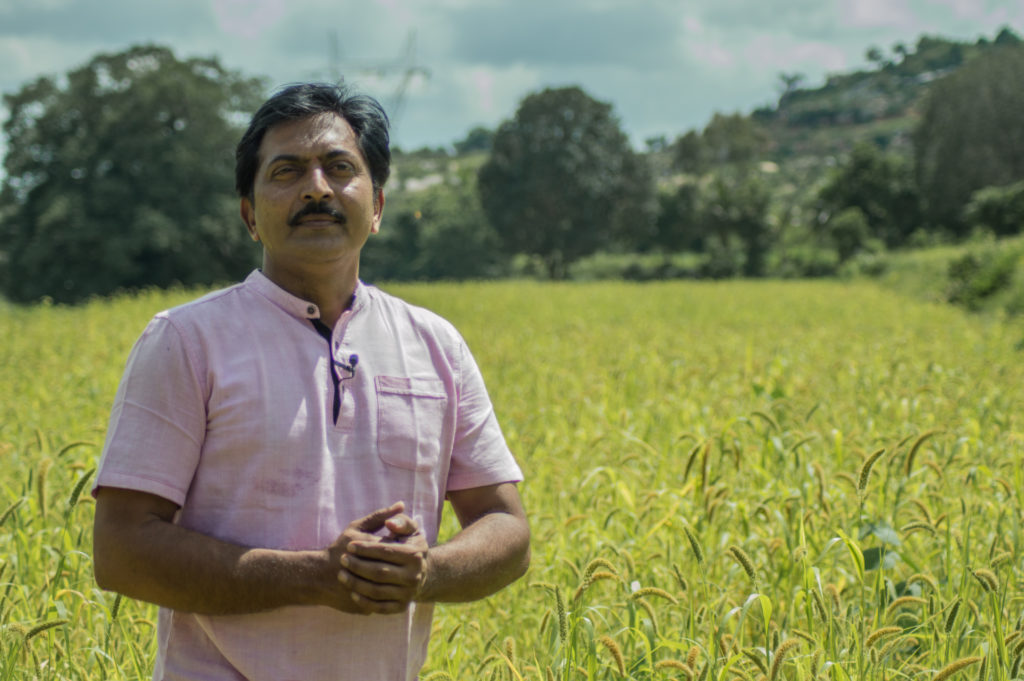
Mr Jagadeesh Reddy comes from a long line of farmers. “People thought I had gone crazy” he said, “When I started natural farming”. Influenced by the legacy of the green revolution, Mr. Reddy’s peers mocked him as he tried to go back to the traditional methods of farming. The knowledge of these traditional methods was nearly lost because an entire generation had been desensitised to it.
Today, nearly 15 years since he started to turn to natural farming, his story is a thundering success. As people realise the ill effects of inorganic farming techniques, he is now ahead of the curve. Leading the way in propagating the idea of natural farming, he travels the country, giving talks and inspiring other farmers to make the switch and raise awareness.
He proudly displays awards he has received from the state and central government for his efforts. We can only hope that he is successful in his mission to give farmers around the country, the confidence to make the switch as well and understand the repercussions of the prevalent farming techniques.
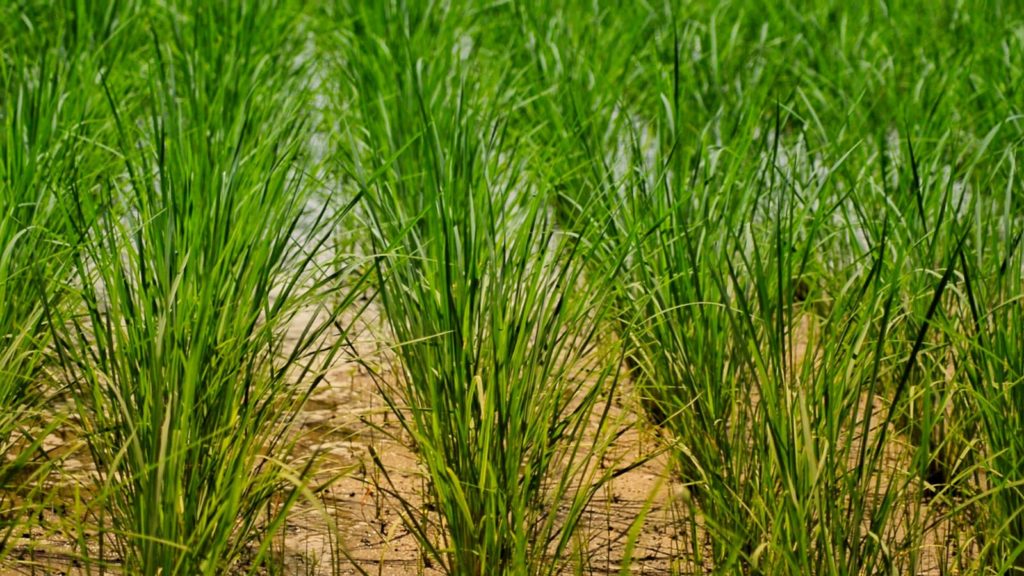
Pictured above is Mr. Reddy’s prized crop – the naturally grown Sona Masuri rice paddy field.
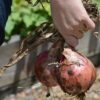

Comment